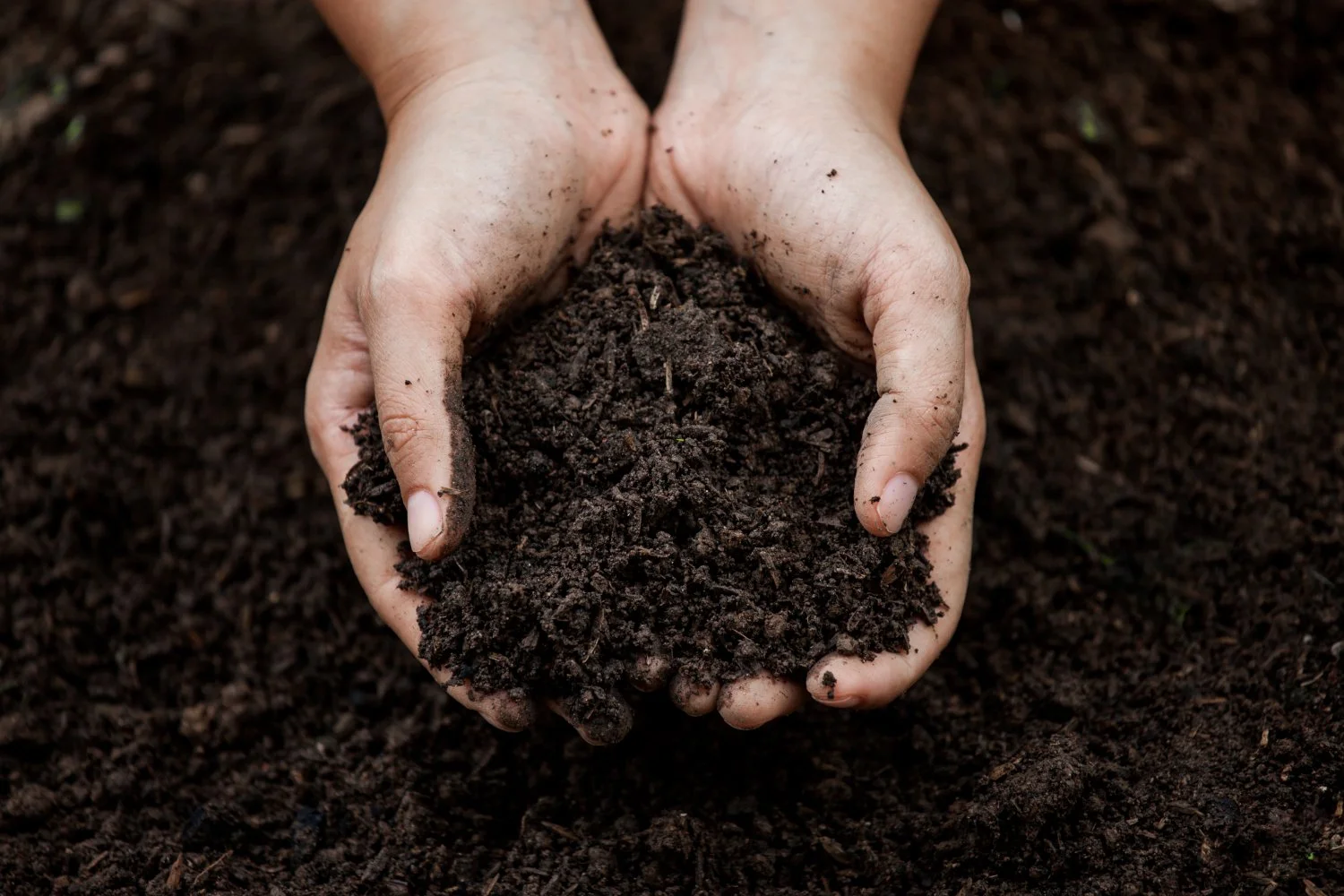Mai 2024
Trees had existed on this earth long before humans did. They are central to life on the blue planet. Our leafy friends serve a handful of purposes for the whole ecosystem, and when it comes to human use, they comprise one of the most essential raw materials for food, heat and furnishing.
Nowadays, systematic deforestation to create agricultural lands and exploit wood has caused severe environmental damage and is the cause of around 10% of global warming. Ten billion trees are destroyed annually, and around 178 million hectares of forest have been lost since 1990. This situation creates a pressing need to mitigate deforestation by adopting a more sustainable approach to trees and their use.
Here is why we need to protect them and how easy this is.
USES & BENEFITS OF TREES IN EVERYDAY LIFE
Trees are the basis for providing raw materials.
Fruit for food
Wood is used to construct a wide range of products, such as paper, furniture, buildings, tools, and combustible materials for heating.
Wood is a relatively sustainable raw material compared to plastic for constructing many commodities, such as paper bags and packaging.
A budget-friendly activity: Forests and parks offer free outdoor space that can work as a playground for kids and a place to spend leisure time, meet up with friends, have a picnic or a walk, and relax in the fresh air.
HOW TO SUPPORT & PROTECT TREES
Yes, it is possible. We can do something for our trees every day. With everyday activities, we can harm or protect trees. Here are a few simple actions of care:
Change our dietary habits
The majority of deforestation is linked to the production of palm oil and soy for animal feed. Subsequently, a diet that refrains from the consumption of Meat → and commodities that contain palm oil and soy can contribute to the mitigation of deforestation and the maintenance and regeneration of woodlands.
Check out our manual entries on Alternative Protein →, and Meat → to learn more about reducing your meat and soy consumption.
Check out our 6-Step-by-Step Guide →, which will help you slowly change your consumer behaviour and adapt individual habits quickly and step by step.
Opt for items made of recycled paper
Products originating from recycled paper do not require further tree-cutting. So, consuming such products on a large scale can gradually contribute to decelerating tree exploitation and prevent severe deforestation. Some examples of items made from recycled paper are books, exercise books, notepads, calendars, toilet paper, tissues, etc.
Watch out for appropriate labelling that says “made from 100% recycled paper”.
Opt for furniture from alternative sources
Similar to paper, opt for sustainable furniture. Respecting forests’ finite resources, it's sometimes prudent to choose furniture from materials that function as wood alternatives, such as bamboo, cartons or pressboard made of wood byproducts such as sawdust. Alternatively, consider choosing second-hand furniture from flea markets or online platforms (e.g. eBay).
Look for the forest certification label on wood/paper products
The two most extensive international forest certification programs are the Endorsement of Forest Certification (PEFC) and the Forest Stewardship Council (FSC). Both are based in Europe but have an international range striving for sustainable forest management worldwide. PEFC and FSC labels guarantee a responsible origin from sustainably managed forests and/or recycling. FSC certification also indicates traceability within the whole processing chain.
Look for additional eco-labels on forest products
Except for forest certification, many other eco-labels, such as German Blue Angel and Ukrainian Green Crane, guarantee an eco-friendly life cycle of forest products.
Check ecolabelindex.com to find a worldwide list of eco-labels applied to such products.
Water street trees during hot summers
Most of the water trees exploit is pumped via tree routes from underground sources. Nevertheless, some superficial and air water is absorbed through the roots, leaves, branches, and trunks. So, during the summer heat, a small portion of water provided to the trees can significantly relieve heat stress.
Plant a tree
It is not only the rainforest that needs to be reforested. In most Western countries, we need to reforest, especially in cities. Let us not underestimate the importance of individual contributions to tree regeneration. A tree may take years to grow, but remember that the seed we sow today will benefit future generations.
Here are a few ideas on how to help:
When you have a garden, plant a native tree.
You can also plant trees in large pots on balconies.
Is there a tree-planting project in your city that explicitly plants trees? Ask your local environmental protection organisation for more details.
Check out our manual entry on Gardening →, where we provide many tips on supporting our native ecosystem, Wildlife → and Biodiversity →.
Contribute to reforestation projects
A form of active contribution to woodland protection is participation in organised tree planting projects for renewing tree life in places where forest regeneration is seriously needed, e.g. fire, fire-affected areas that cannot recover a healthy ecosystem on their own. As an individual, you can support reforestation organisations, such as For Tomorrow in Germany, WeForest in Belgium and Trees for All in the Netherlands.
THE IMPORTANCE OF TREES FOR US & OUR ECOSYSTEM
Why are trees so important to us? Trees are vital for us in many ways, including for our survival. We have summarised the most essential functions for you.
Mitigation of the greenhouse effect
Like any plant, trees absorb carbon dioxide - one of the significant greenhouse effect gases - during photosynthesis, the food-making process. Thus, carbon dioxide accumulation in the atmosphere is prevented.
Improvement of air quality
Trees function as “air cleaners” in multiple ways. They absorb gaseous pollutants such as carbon dioxide, ozone, and carbon monoxide and produce oxygen for us to breathe.
Trees also collect solid pollutants on their leafy surfaces, which, if released into the atmosphere, could contribute to health problems such as asthma, heart disease, and cancer.
Temperature reduction
Another big way trees benefit us is by providing a source of shade that functions as a natural and costless form of air conditioning. This leads to lower energy generation demands for air conditioning units and is essential, especially in cities, where concrete streets and pavements absorb much heat.
flood PREVENTION
Tree roots create a network of channels in the soil that help rain penetrate its lower layers quickly. This reduces the volume of water flowing over the surface after a rain event; trees’ routes also prevent soil erosion and work as a natural barrier against floods.
Prevention of drought
Like floods, the percolated water that trees’ roots absorb creates an underground “water flow” that can maintain soil moisture and supply streams and rivers. As a result, both soil drought and aquifer depletion are prevented.
A home for wildlife
Did you know that over half of the world's land-based plants and animals and three-quarters of all birds live in and around forests? Trees, from the ground around them to the tops of their canopies, provide vital habitats for countless species. Here, you can learn more about Trees → and Wildlife →.
A natural mood booster
Studies have shown that spending time in nature correlates with decreased anxiety and depression. A walk in the woods fills the lungs with clean air, and the sound of natural forest sounds like leave-rustling and bird-chirping relieves both the body and soul from everyday stress.
LEarn more
Check our sources: Bibliography →
















